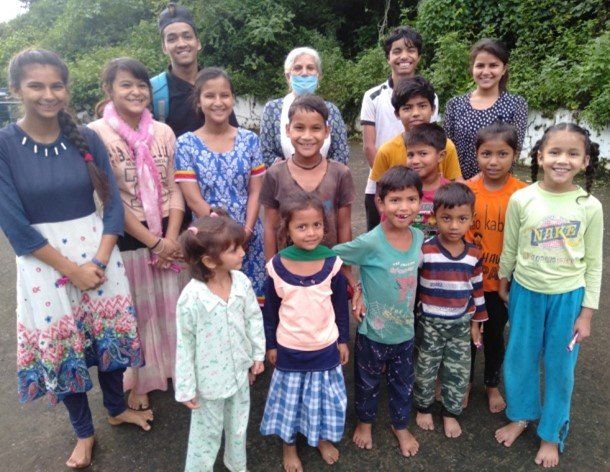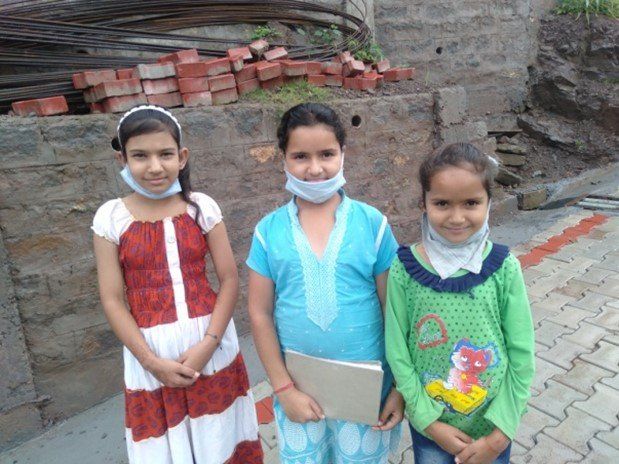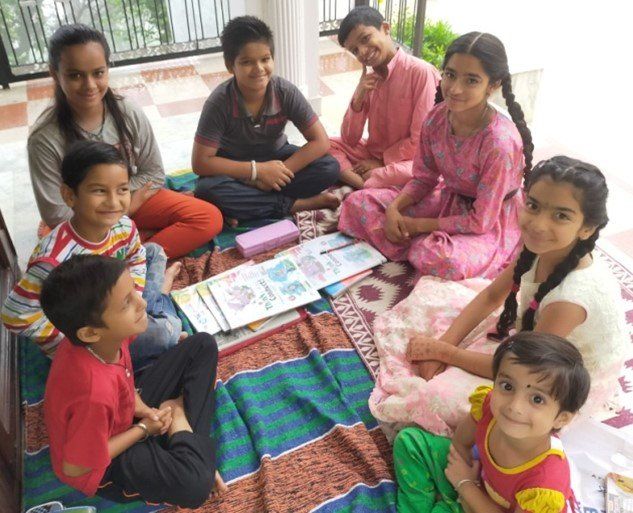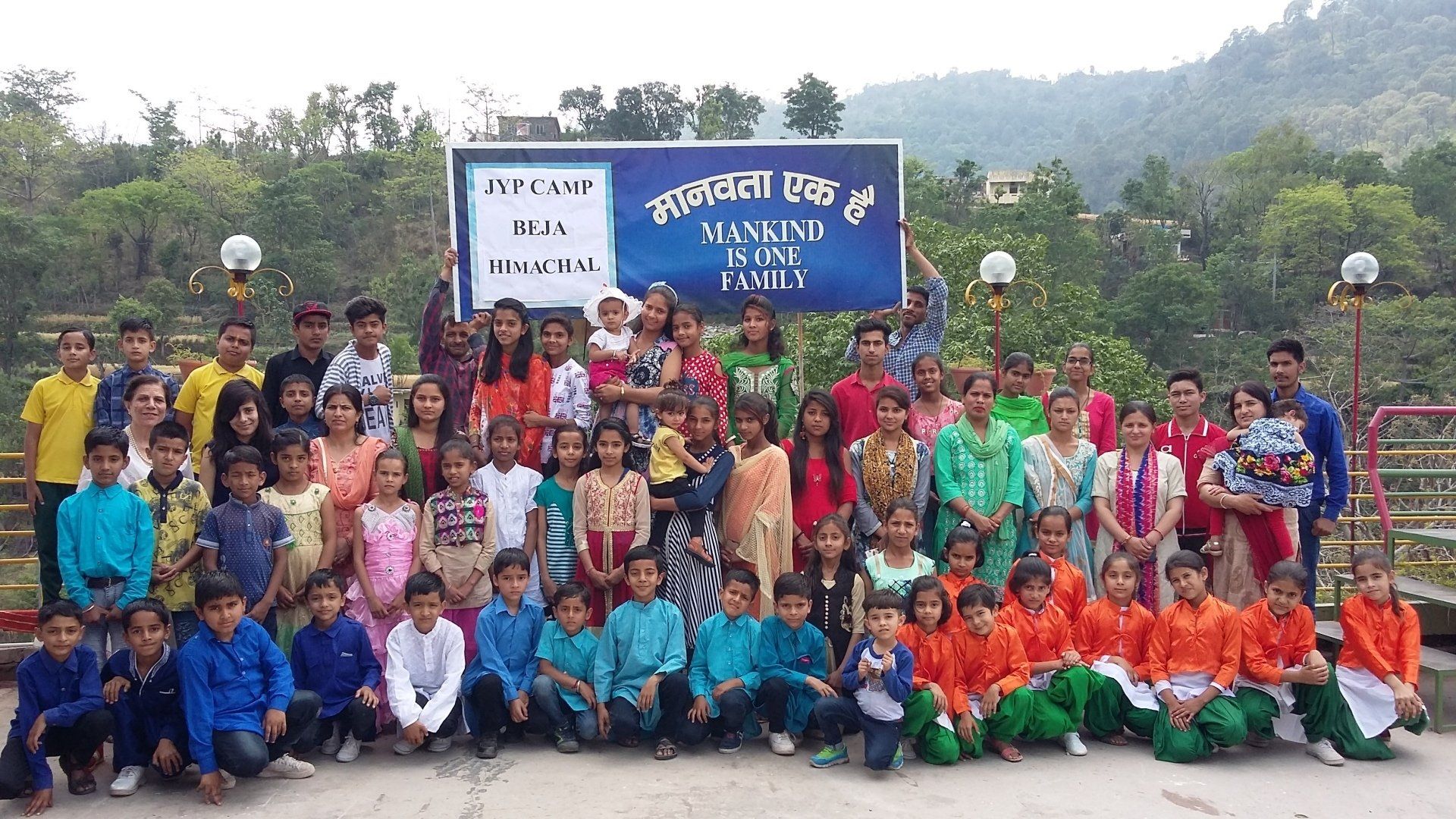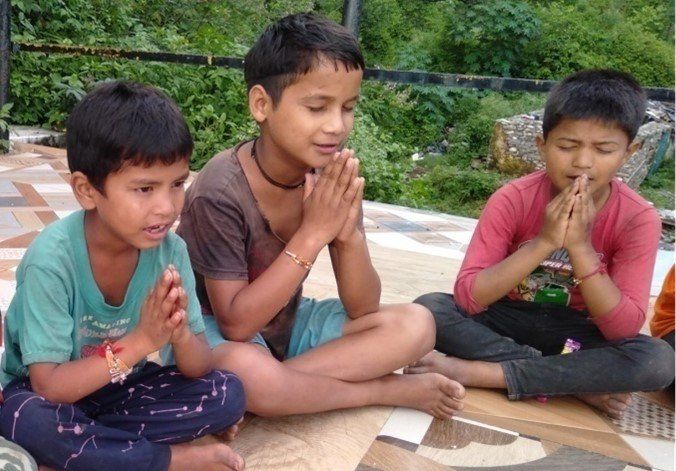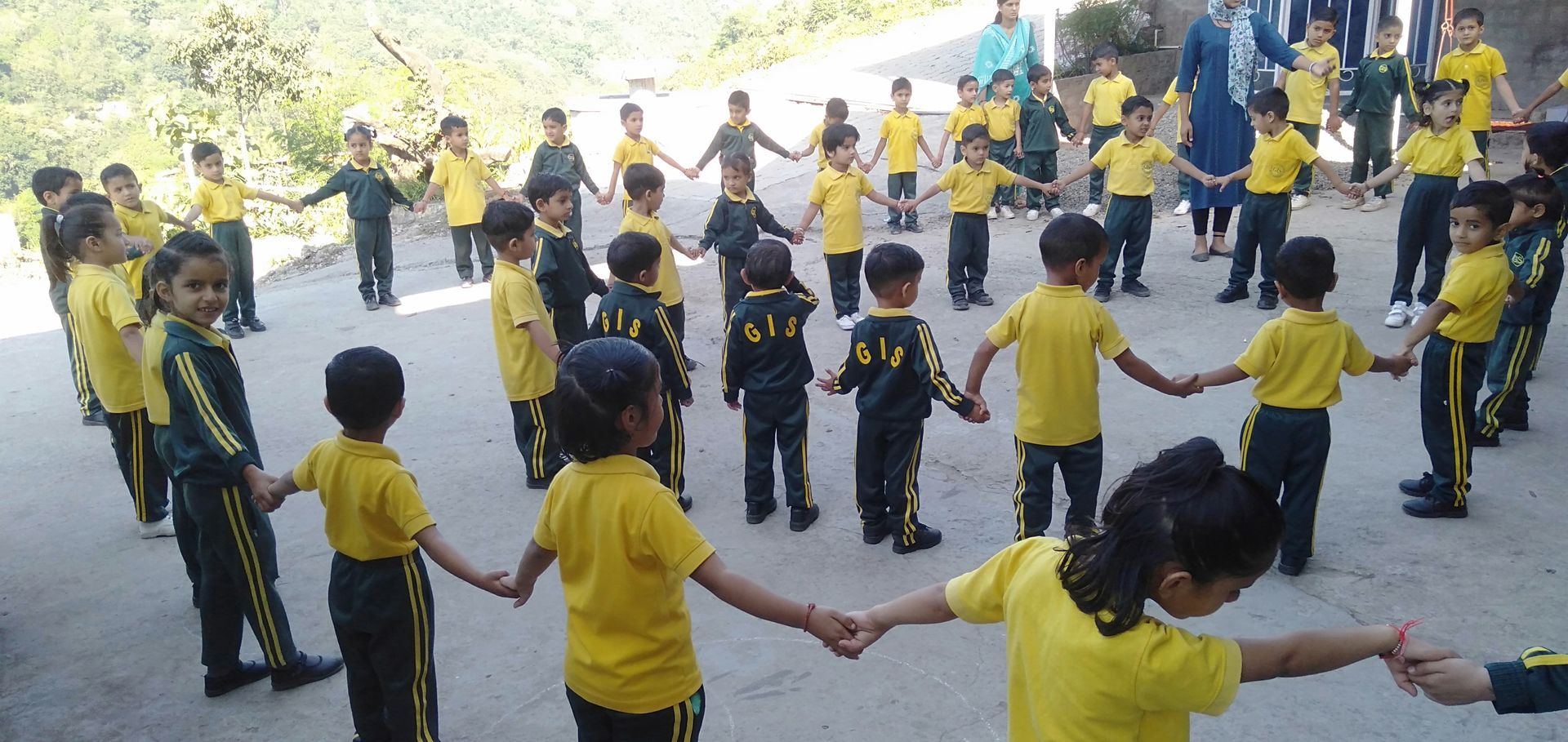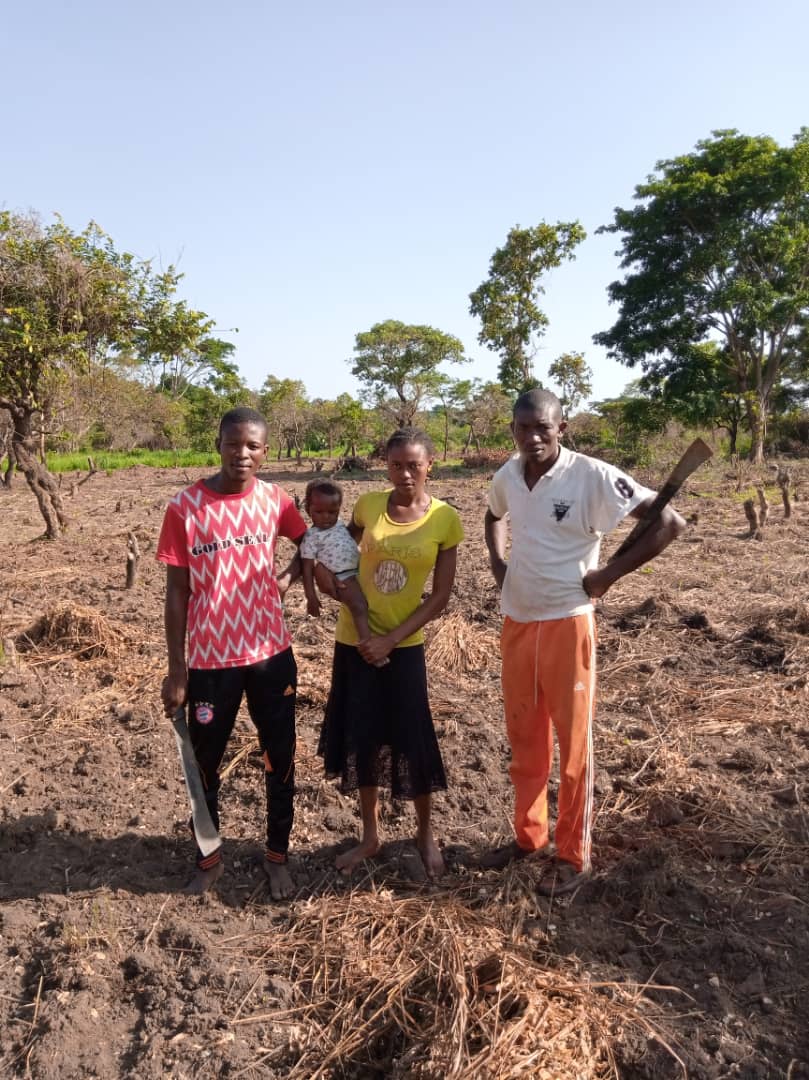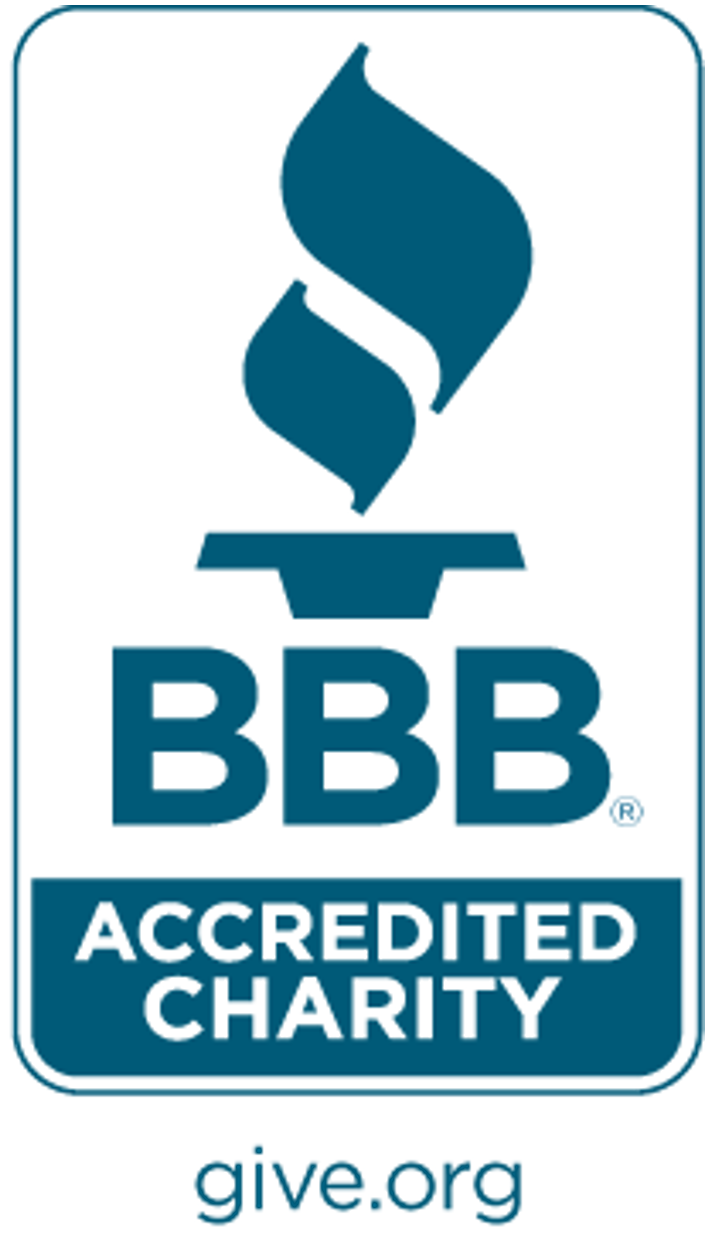Breaking Caste Barriers
“In our small village the caste divide was very visible and open initially. There is an equal number of lowest cast and higher caste people, and they live in two separate sides of the village. In the government school the lower caste students are not treated well. The high caste people would not enter the homes of the lower ones and the low caste people were looked upon in contempt. There was open animosity between the two communities to the extent that the two could not agree on a spot to be jointly used for a government funded cremation ground and other similar government projects and as a result they haven’t built one. All their social gatherings were separate and there was total segregation. Initially our construction workers and even our teachers would not drink tea prepared by a lower caste employee.
Within a few years we succeeded in totally changing that practice in the school. Gradually we promoted some of our deserving lower caste staff to such positions that commanded respect. We also regularly educated all the staff and workers to respect all human beings. In our village most people have connections to our school and gradually most people stopped extreme practices of untouchability and fanatic feelings of superiority of the higher castes. Our students, of course, have received years of regular education on the subject and caste does not hold meaning to them. Our staff and construction workers and their family members are totally transformed and have realized the inhuman nature of the caste practices to a great extent.”



